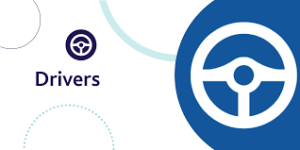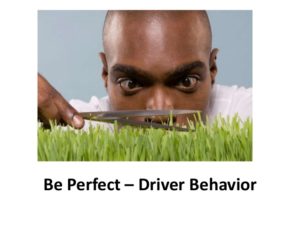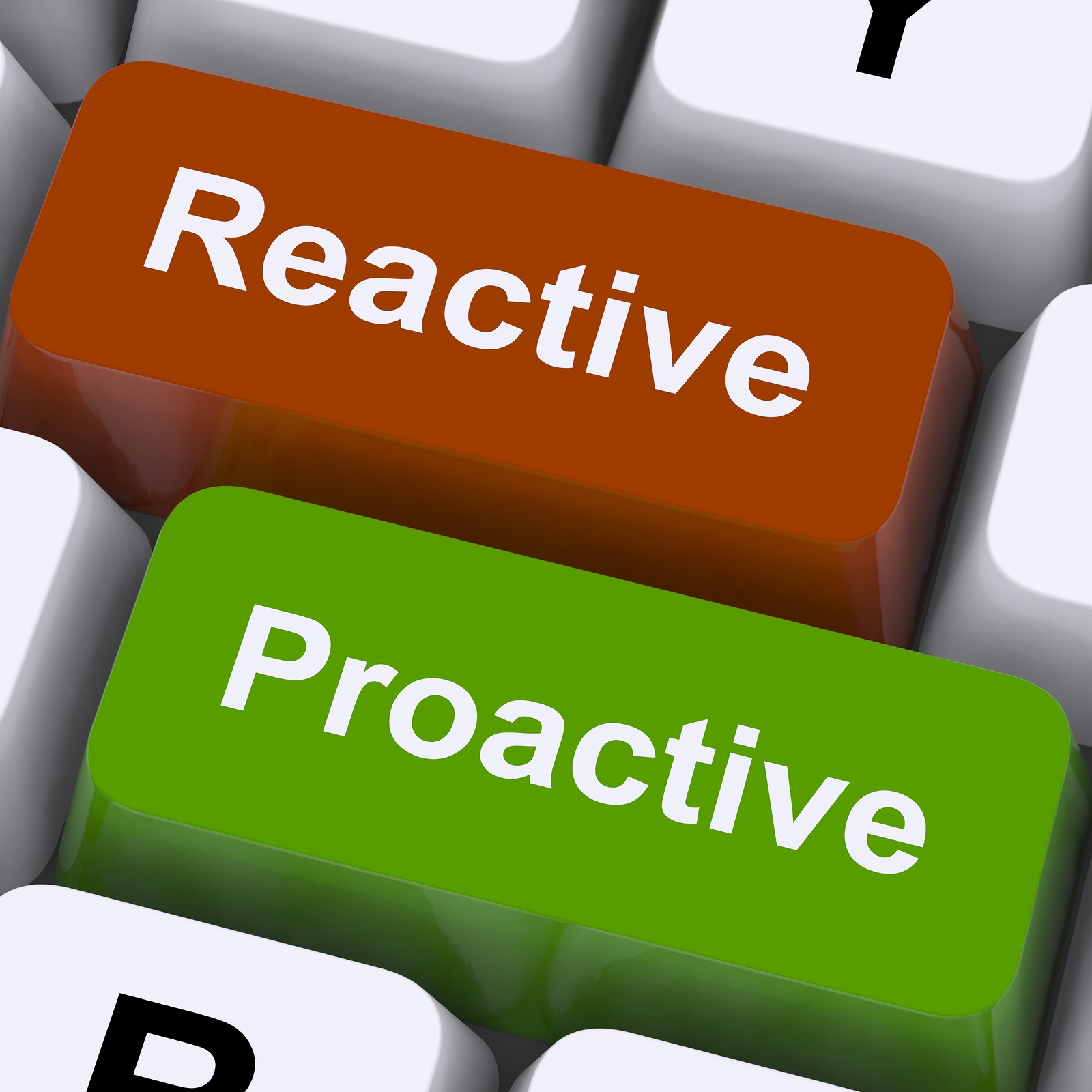 Not the kind I co-drive for on rallies, or those that steer cars and push on the accelerator, but behavioral imperatives that constitute a great chunk of our knower/judger (K/J) rules. They create the challenges we experience in our relationships (and in our lives). Read on to identify specific drivers and how you can work with them to help yourself and others overcome them.
Not the kind I co-drive for on rallies, or those that steer cars and push on the accelerator, but behavioral imperatives that constitute a great chunk of our knower/judger (K/J) rules. They create the challenges we experience in our relationships (and in our lives). Read on to identify specific drivers and how you can work with them to help yourself and others overcome them.
Transactional analysis gurus talk about a defined subset of “drivers” that drive our behaviors, all learned and internalized early in life (between ages three and seven). Drivers are clearly recognizable K/J rules of life—how we fit into and interact with the world.
These are seen as imperatives that define their owners—very difficult K/J rules to change. They are frequently verbalized as, “It’s just who I am.”
There are five distinct drivers. See if you can recognize any of these in your own patterns or in the patterns of those you interact with.
Thanks to ChangingMinds.org for these clear descriptions of Kahler’s Drivers.
Be Perfect Driver
The K/J rule:
- I must be perfect, wonderful, correct in every way.
- I must succeed in everything I do.
- I must get top marks and win.
What it looks like:
- Exact language, including qualification when they are not sure, such as “probably,” and absolutes when they are, such as “absolutely.”
- Always neat and well groomed.
- Never completely satisfied with what they do.
Benefits:
- Hard-working, with excellent output.
- May achieve great things.
Drawbacks:
- Fear of failure and losing control, and subsequent over-compensation.
- Over-work. Not finishing things for fear of criticism.
- Expecting others to be perfect too.
Successful reactions to:
- Laughter.
- Praise, including for less-than-perfect work.
- Reframing so “perfect” really means “enough.”
- Being very specific with criticism (and praise).
Be Strong Driver
K/J rule:
- I must be invulnerable at all times. I must not cry or show any weakness.
- I cannot express emotions. I must help others but not myself. (I do not need help).
What it looks like:
- Aggressive or assertive attitude, demonstrating strength.
- Objective language, distancing themselves from their feelings. Avoids “I” language and any talk about emotions.
- Frozen face and body, hiding emotions.
- Will take on all tasks without complaint.
Benefits:
- Good for getting things done, especially in a crisis.
- Does not take things personally or get sucked into emotional situations.
- Generous, always helping others before self.
Drawbacks:
- Withdrawn under stress as they hold emotions in. Refusal to acknowledge they are stressed.
- Bottled-up emotions that may explode outwards onto others or be held in and do internal damage.
- Can get into “who is the strongest” competitions with others, especially those who also have powerful “Be strong” drivers.
- Expecting others to be strong. Contempt for the weak.
Successful reactions to:
- Praising for consideration of the feelings of others.
- Putting them in slightly vulnerable situations and praising their handling and exposure of emotions. Only making them as vulnerable as they can handle without going into fight-or-flight.
- Being considerate about their emotions. Showing that you recognize them and that it is ok for them to have feelings.
- Showing them that they are not to blame for things, including their own internal issues.
- Helping them receive with good grace as well as give to others.
- Helping them see where their strength appears as a threat to others.
Hurry Up Driver
K/J rule:
- Go faster. Whatever I am doing, it’s not being done quickly enough.
- So much to do, so little time.
What it looks like:
- Enthusiastic and action-oriented.
- Many things on the go at once. Often juggling several, quite different, activities.
- Time language—using words like “now,” “schedule,” “timely,” and so on.
- Complaints that there is not enough time.
- Talking quickly and checking the clock frequently.
- Impatient (watch for tapping fingers and huffing).
- May explode in anger if held up.
Benefits:
- When given work, delivers it quickly.
- Good focus on output and delivery (when not combined with “try hard”).
Drawbacks:
- Fretting over having “nothing to do.”
- Speed over accuracy.
- Taking on too much and then complaining.
- Hassling others to do things before they are ready.
Successful reactions to:
- Thanking them for their time.
- Ensuring they think before they act.
- Helping them to “be” without “doing.” Getting them to sit quietly and appreciate a single moment.
Please Others Driver
K/J rule:
- I must make other people happy. I know that I have done this when they acknowledge and praise me.
- Only others can tell me when I have done well. If they do not, I have failed.
- Other people’s happiness is more important than mine.
What it looks like:
- Ingratiating behavior, always seeking to please.
- Always testing that people are happy and satisfied.
- Smiling and friendly expression.
- Frames everything as a question that invites approval.
- Apologetic. Will say “sorry” for almost anything, even just to fill space.
Benefits:
- Comfortable working with other people. Often well-liked and good company.
- Sympathetic and concerned about others.
Drawbacks:
- Anxious around others. Worrying too much as to how they are being perceived.
- Always seeking approval. Finds positions of authority difficult.
- Unable to say “no” to any request.
- Finds criticism particularly difficult when it implies they have not pleased others.
- Worried when ignored. Easily offended (but unlikely to mention it).
- Can get locked in mutual hugging patterns or competitive pleasing with other pleasers.
Successful reactions to:
- Making pleasing themselves a criteria for pleasing you. Being happy when they are happy (but beware of getting in a mutual pleasing competition).
- Helping them accept criticism without feeling put down or like a failure. Do not get angry with them.
- Helping them see when pleasing others turns into dysfunctional subservience.
- Encouraging them to become self-sufficient and to praise themselves.
- Getting them to indulge themselves now and again—“space for just me.”
Try Hard Driver
K/J rule:
- I cannot refuse requests. I must at least try.
- I must improve and always get better.
- Wherever I am is not good enough.
What it looks like:
- Not satisfied with what has been done.
- Language that uses the verb “try” (rather than “will”).
- Tense and anxious in appearance.
- Will often side with the underdog, seeking to right wrongs.
- May not achieve goals (although the bar is often high).
Benefits:
- They always give their utmost.
- Persistence in difficult and time-consuming situations.
- Helping others.
- Working toward noble causes.
Drawbacks:
- Craving praise, but never satisfied when it is given.
- Find criticism very hurtful, especially for not trying enough or not considering others.
- Effort of trying leads to physical burn-out.
- Lots of “trying” but no real result.
- Fear of completion (running out of things to try).
- Expecting others to try harder.
Successful reactions to:
- Using their need to improve to help them to not try too hard.
- Praising for completion of specific items. Do not praise just for effort.
- Helping them move from “trying” to “succeeding.” Start with the language they use.
- Stopping them from moving to another task before the first is complete.
- Helping them distinguish between that which is achievable and that which is not realistically possible.
It’s been my experience that drivers have value in that they define our behavioral comfort zones. On the flip side, that creates impediments to connecting. Picture a Hurry Up and a Be Perfect in a team situation (or in a couple).
If you choose to email me or respond, please tell me which driver you think best defines you! I’m a Be Strong with a touch of Hurry Up and there’s no question that those drivers cause me challenges.





Thanks for the nice read!
Definitely a Try Hard, and it sucks!
My employer reviews are always the same. Super low marks when it comes to others feelings.